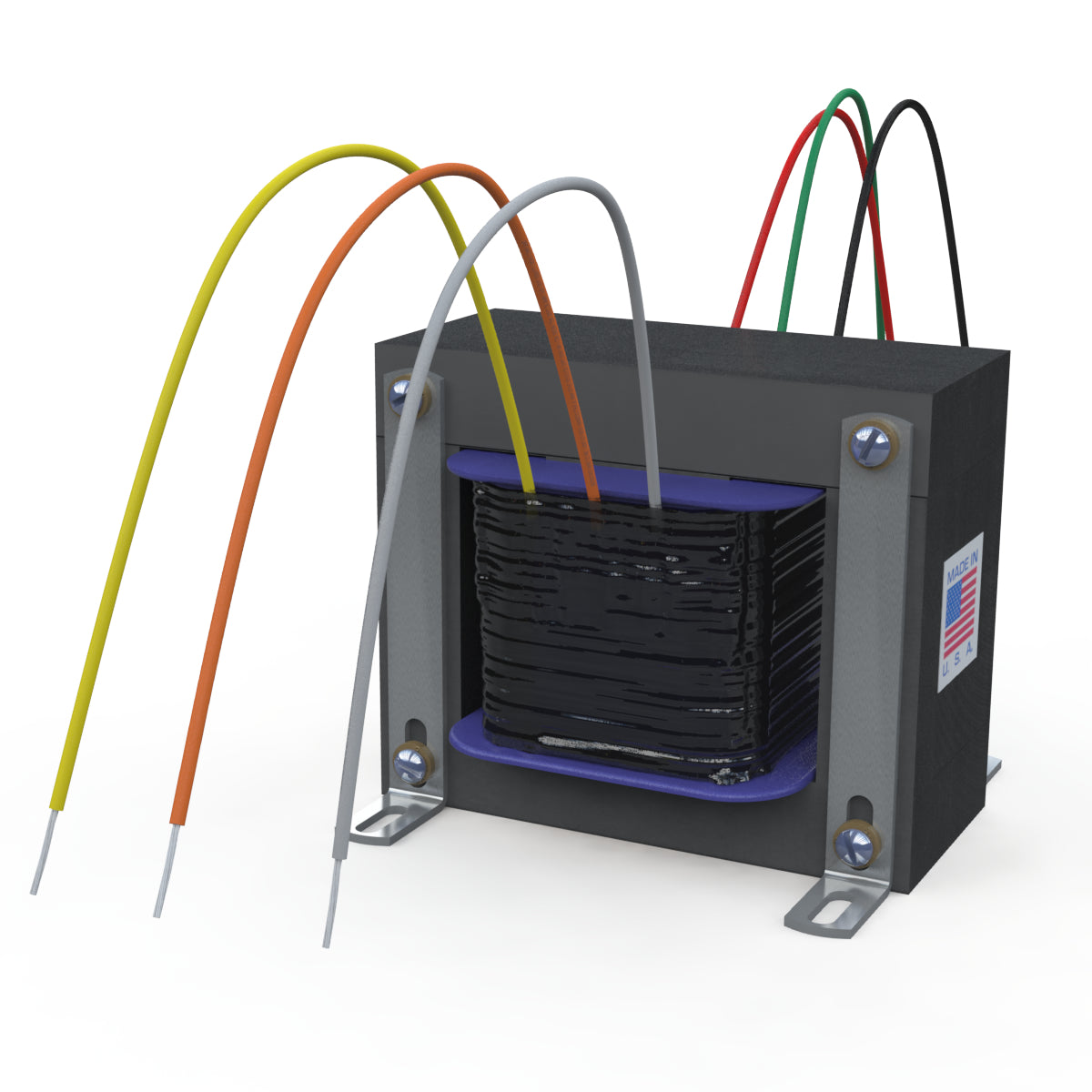In the world of electronics, soldering is a fundamental process that connects components to printed circuit boards (PCBs) and ensures the functionality of devices. However, a common question arises among both novice and experienced soldering enthusiasts: Does electronic solder need flux? This inquiry is not merely academic; understanding the role of flux in soldering can significantly impact the quality and reliability of electronic assemblies. In this article, we will delve into the intricacies of soldering, the function of flux, and the implications of its use or omission.
Understanding Solder and Its Composition
Solder is a fusible metal alloy used to create a permanent bond between electronic components. Traditionally, solder is composed of tin and lead (Sn-Pb), although lead-free alternatives, such as tin-copper (Sn-Cu) and tin-silver-copper (SAC), have gained popularity due to health and environmental regulations. The melting point of solder varies depending on its composition, typically ranging from 180°C to 250°C.
The Role of Flux in Soldering
Flux is a chemical cleaning agent that plays a crucial role in the soldering process. Its primary functions include:
- Oxide Removal: Metals, including copper and solder, naturally oxidize when exposed to air. Oxides can form a barrier that prevents proper adhesion between the solder and the metal surfaces. Flux helps to remove these oxides, ensuring a clean surface for soldering.
- Improving Wetting: Wetting refers to the ability of solder to spread and adhere to the surfaces being joined. Flux enhances wetting by reducing the surface tension of the molten solder, allowing it to flow more easily and create a stronger bond.
- Heat Transfer: Flux can improve heat transfer during the soldering process. By facilitating better contact between the solder and the components, it ensures that the solder melts uniformly and adheres effectively.
- Preventing Reoxidation: During the soldering process, the exposed metal surfaces are susceptible to reoxidation. Flux creates a protective barrier that minimizes this risk, maintaining the integrity of the joint.
Types of Flux
Flux comes in various forms, each suited for different applications:
- Rosin Flux: Derived from natural resin, rosin flux is commonly used in electronics due to its non-corrosive properties. It is available in both activated and non-activated forms, with activated rosin flux providing better cleaning action.
- Water-Soluble Flux: This type of flux is designed to be cleaned with water after soldering. It is effective in removing oxides but can be corrosive if not properly cleaned.
- No-Clean Flux: As the name suggests, no-clean flux leaves minimal residue that does not require cleaning. It is ideal for applications where post-soldering cleaning is impractical.
Do You Need Flux for Electronic Soldering?
The necessity of flux in electronic soldering largely depends on the specific application and the materials involved. Here are some considerations:
- Type of Solder: While some solders are formulated to be used without additional flux, most traditional and lead-free solders benefit from the use of flux to ensure optimal performance.
- Surface Condition: If the surfaces to be soldered are clean and free from oxidation, flux may not be strictly necessary. However, in most real-world scenarios, achieving perfectly clean surfaces is challenging, making flux a valuable ally.
- Soldering Technique: Advanced soldering techniques, such as wave soldering or reflow soldering, often incorporate flux as an integral part of the process. In these cases, omitting flux can lead to poor joint quality and increased failure rates.
- Component Sensitivity: Some sensitive electronic components may be adversely affected by flux residues. In such cases, using a no-clean flux or ensuring thorough cleaning post-soldering is essential.
Conclusion
In summary, while it is technically possible to solder without flux, doing so is generally not advisable for most electronic applications. Flux plays a vital role in ensuring strong, reliable solder joints by removing oxides, improving wetting, and preventing reoxidation. Understanding the types of flux available and their specific applications can help you make informed decisions in your soldering projects.



